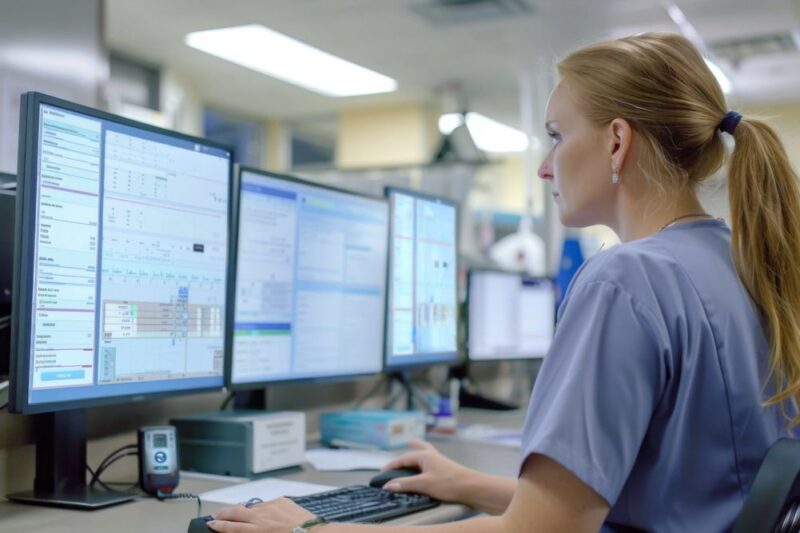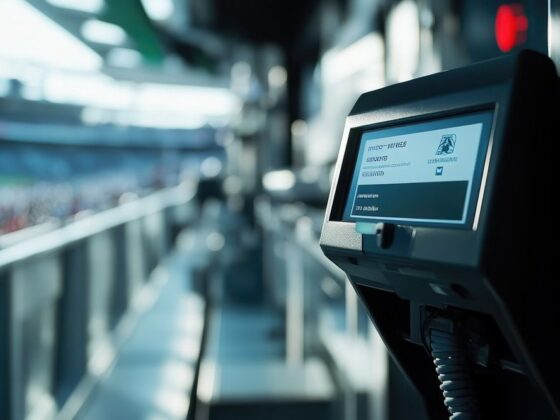Advances in connected technology are transforming modern healthcare. Innovative smart devices are improving healthcare by enabling medical professionals to see more patients, reduce costs, and increase efficiency. Wearable health monitors and AI diagnostics are among the technologies revolutionizing both the delivery and reception of healthcare. Integrating these smart solutions into medical practice is a major healthcare advancement, comparable to the introduction of electronic health records.
Devices Assisting Doctors
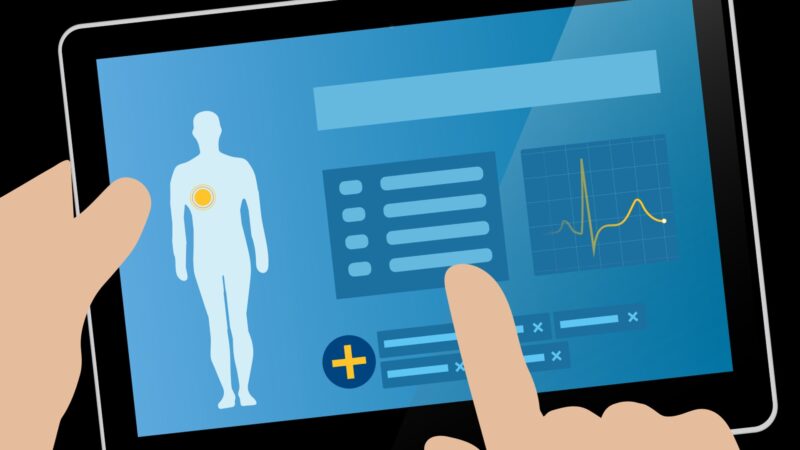
New smart tools help physicians accurately monitor patients, swiftly respond to emerging symptoms, and efficiently handle large caseloads. Here are some top techs making physicians’ jobs easier:
Enhanced Diagnostics
High-tech diagnostic gadgets analyze everything from blood cell counts to oxygen saturation levels to aid faster and more reliable diagnoses. Devices like portable ultrasounds, EKG monitors, and smart stethoscopes all connect findings straight into patients’ electronic health records for physician review. Advanced imaging technologies with AI-powered analysis can detect subtle abnormalities that human observation alone might miss. These sophisticated diagnostic tools significantly improve accuracy and speed in identifying health conditions, leading to better treatment plans.
AI Bots
Administrative workflow bots help doctors save huge chunks of time. These AI assistants can autonomously schedule appointments, file paperwork, update charts, handle prescription refills, and manage billing. Natural language processing enables these systems to transcribe medical notes in real-time during patient consultations, eliminating hours of post-appointment documentation. Smart scheduling algorithms optimize patient flow and reduce waiting times, giving physicians more availability to treat patients.
Telehealth Platforms
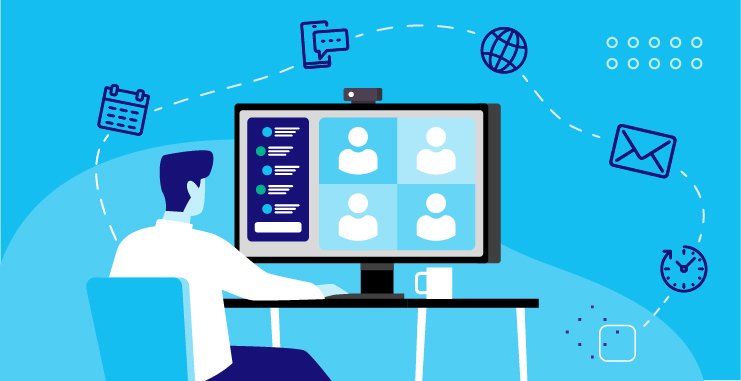
Telehealth platforms allow doctors to conveniently consult remote patients via video calls when they can’t make office visits. Such tech expands access to top physicians. AI analytics comb through patient history datasets to serve up optimized treatment suggestions for complex cases. Predictive analytics help identify high-risk patients who need immediate attention, while automated triage systems ensure efficient resource allocation. These tools multiply doctors’ capacities to effectively manage large caseloads.
Cloud Storage
Cloud-based data storage universally links patient records across hospital networks for real-time collaborations between care teams. Massive digital archives also fuel groundbreaking medical discoveries through shared research. Secure messaging platforms enable instant consultations between specialists, while virtual tumor boards facilitate multi-disciplinary treatment planning. Advanced visualization tools allow surgeons to collaborate on complex procedures remotely. And rapid knowledge sharing nurtures professional development. Overall, smart systems amplify doctors’ potentials.
Devices Helping Patients
Innovative at-home and wearable devices now empower patients to self-monitor between appointments. In what ways do these particular methods or treatments offer benefits and improvements to the health and well-being of patients?
Symptom Tracking
Bluetooth symptom trackers, like attachments for inhalers, continually log patients’ health metrics to apps. Data like wheezing rate, respiration pace, and blood oxygenation gets charted. Advanced algorithms detect patterns and trends that might indicate developing health issues. Machine learning models analyze multiple data points simultaneously to provide more accurate early warnings. Worsening measurements promptly alert patients to contact doctors before becoming emergencies.
Medication Adherence
Internet connected prescription bottles track medication usage. If patients forget doses, the bottles automatically text reminders. Links to refill scripts also get sent when supplies run low. Smart pill organizers with built-in sensors track not just whether medications were taken, but also the exact timing and frequency. Some advanced systems can even detect if pills were actually consumed rather than just removed from the container. This advanced technology offers a significant improvement in addressing the expensive problem of patients not adhering to their prescribed medication regimens.
Routine Care
Devices like internet-linked blood pressure cuffs, glucometers, and scales let patients self-check vitals between visits rather than always trekking into offices. Smart mirrors can perform basic health assessments, while AI-powered apps provide personalized health recommendations based on collected data. Routine measurements get recorded in digital journals for doctors to monitor. Integration with smartphone health platforms makes tracking multiple health metrics seamless and user-friendly. This expands care access.
Emergency Response
Wearable patches and implants wirelessly transmit bodily readings to track concerning changes. If irregular heartbeats signal impending heart attacks or oxygen levels flag the possibility of strokes, emergency responders promptly rush to patients’ locations. Advanced fall detection systems in smart watches can automatically call for help if seniors have accidents. GPS tracking ensures quick location of patients in distress. Such tech saves lives when minutes matter most.
IoT for Healthcare
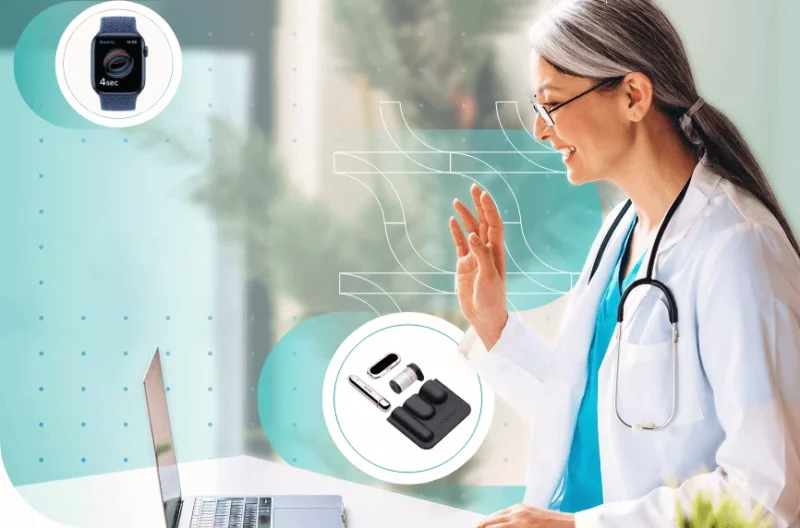
Tiny internet of things (IoT) biosensors now even get embedded inside patients’ bodies to perpetually measure internal health metrics not otherwise detectable. According to the people at Blues IoT, these sophisticated IoT for healthcare devices can monitor everything from glucose levels to heart function to bone density. Surgeons implant these minimally invasive monitors directly in organs during routine procedures. New nanoscale sensors can even track individual cell behavior and molecular changes.
IoT Benefits
Implanted sensors give doctors invaluable visibility into hidden organ operations between visits like intestinal absorption rates, bladder pressure fluxes, plaque accumulations, and tissue oxygenation levels. Real-time data streams enable continuous monitoring of chronic conditions and early detection of complications. Doctors program monitors to alert intervention needs before organs critically fail. Integration with AI systems enables predictive analytics that can forecast potential health issues weeks or months in advance. Healthcare IoT devices lead to major diagnostic improvements and lifesaving outcomes.
Conclusion: The Future of Healthcare Tech
Continual healthcare advances help doctors provide better patient care through enhanced diagnostics, optimized treatments, expanded accessibility, streamlined workflows, and amplified abilities to handle widespread needs. Emerging technologies like augmented reality surgical guidance, robot-assisted procedures, and personalized medicine based on genetic analysis promise even greater capabilities. Patients similarly gain more personalized services, health knowledge, caregiver links, medication compliance assistance, danger warnings, and emergency care coordination through high-tech self-care gadgets.
Integrating 5G networks will enable real-time remote procedures and instantaneous access to medical expertise anywhere in the world. Healthcare IoT, AI, robotics, and nanotech further point to a future with maximized patient outcomes. As technology continues to evolve, we can expect even more revolutionary changes in healthcare delivery and patient care. Both doctors and patients end up winners as technology progresses toward an increasingly connected and intelligent healthcare ecosystem.
